- 23 April 2015
Post
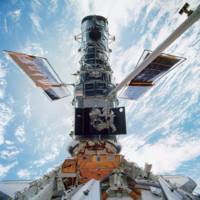
This week marks the 25th anniversary of orbiting space telescope “Hubble”. Silver anniversary was marked by the next image, which shows the young stars shining in the background of thick clouds of gas and dust.
This star cluster – Westerlund 2 – is 20 thousand light years from Earth in the constellation Carina.
“Hubble” was launched shuttle to orbit the ship “Discovery” April 24, 1990.
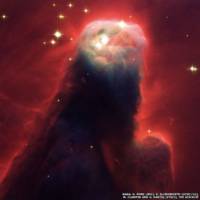
NASA engineers believe that the orbital telescope will last at least another five years.
“The biggest optimist could have predicted in 1990, to what extent the” Hubble “rewrite all our textbooks on astrophysics and planetary science,” – said NASA Administrator Charlie Bolden.
Shortly after the launch of the telescope revealed a defect in its main mirror, which made all the images blurry.
In 1993 astronauts managed to correct this defect by installing a specially crafted correcting device.

After another four visits to service the telescope it is in excellent condition and from a technical point of view, capable of much more than just after the start.
In the past, “Hubble “suffered from the gradual deterioration of its six gyroscopes, which are used in the system orientation.
However, after replacing them only one has failed in March 2014. Over the past years due to the replacement of obsolete electronic components and installing new cameras telescope began to work much better.
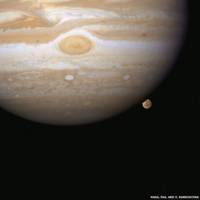
It is difficult to overestimate the contribution of the space telescope science.
At the time of its launch, astronomers knew nothing about the age of the universe – estimates ranged from 10 to 20 billion years.
Research pulsars conducted using a telescope, has narrowed the spread, and, according to current views, the Big Bang took place 13.8 billion years.
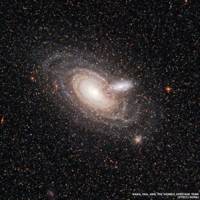
“Hubble” has played a crucial role in the detection of the acceleration with which the universe is expanding, and brought decisive evidence of the existence of supermassive black holes in the centers of galaxies.
The strongest side of the space telescope compared to a new generation of ground-based telescopes is its unique ability to penetrate into the deep past of the universe, observing objects that formed in the very early stages of its history.

Among the major achievements of the telescope observations will undoubtedly be called “deep field” when it is for many days fixed light radiation coming to us from the dark part of the sky and revealed the presence of thousands of highly remote and very weakly luminous galaxies.
Currently, most of the time the telescope is engaged in similar observations in the framework of the “Frontier Field.” “Hubble” examines six huge clusters of galaxies ancient.
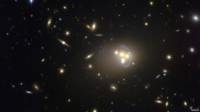
Using the effect of gravitational lensing, “Hubble” is able to look into the more distant past of the universe.
“Gravity, distorting the light coming from distant galaxies allows us to look behind these clusters” – says Jennifer Lotz, a participant of the program.
“Hubble” is now able to “see” objects whose light is 10-50 times less than that of previously observed.
The purpose of this research is to observe the earliest stages of the formation of the first generation of stars and galaxies, distant from the Big Bang, only a few hundred million years.
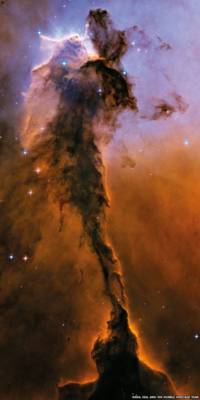
It is this on another level and will heir telescope “Hubble” – a much larger and perfect Space Telescope “James Webb”.
Its launch is scheduled for 2018. It was designed and built specifically for such a task. Making a picture to which the telescope “Hubble” go days and weeks, it only takes a clock.
No comments:
Post a Comment